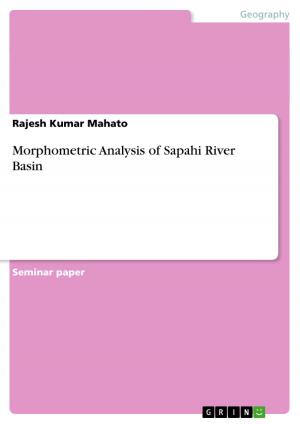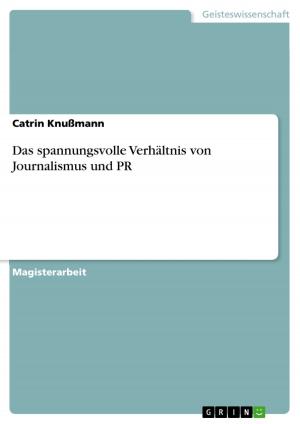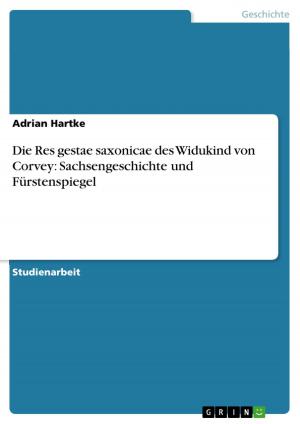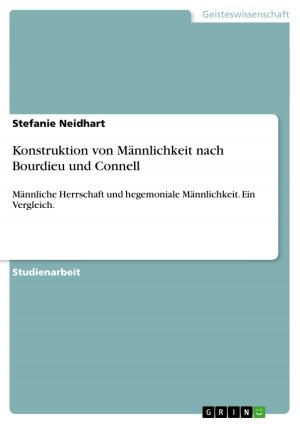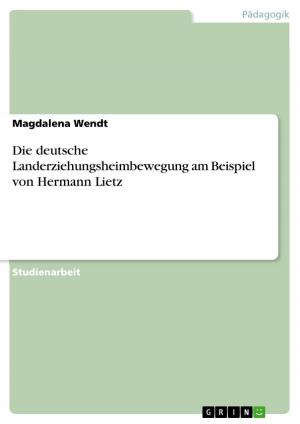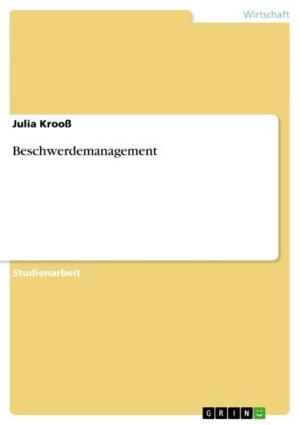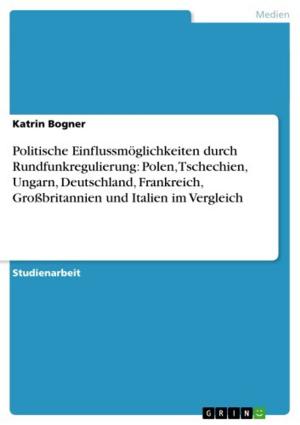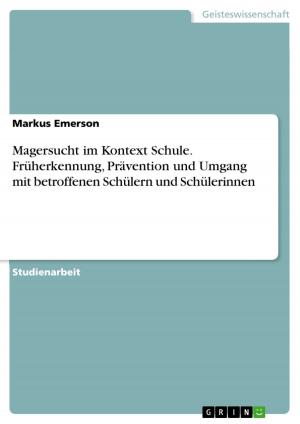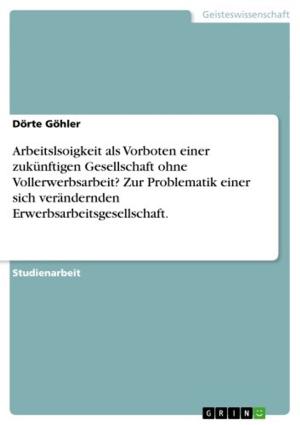A fairy tale's structure
A Russian method applied to American fairy tales
Fiction & Literature, Literary Theory & Criticism, British| Author: | Helga Mebus | ISBN: | 9783638065290 |
| Publisher: | GRIN Verlag | Publication: | June 18, 2008 |
| Imprint: | GRIN Verlag | Language: | English |
| Author: | Helga Mebus |
| ISBN: | 9783638065290 |
| Publisher: | GRIN Verlag |
| Publication: | June 18, 2008 |
| Imprint: | GRIN Verlag |
| Language: | English |
Seminar paper from the year 2005 in the subject English Language and Literature Studies - Literature, grade: 1,0, University of Cologne, 8 entries in the bibliography, language: English, abstract: Fairy tales are an interesting genre to me, so I decided to look upon them in greater detail. To analyze a fairy tale's meaning seems to be a task almost impossible to fulfill, though. 'Every reader reads a different story. Writers who confidently tell us what fairy tales 'mean' are oversimplifying their complex, multilayered character,' states The Cambridge Guide to Children's Books in English (Watson 2001: 249) concerning the matter. Further on, it says that fairy tales 'do not contain meaning and they cannot impart meaning. They allow meanings to be made' (Watson 2001: 249). I began to wonder how fairy tales can be compared if not by their meaning and what they might have in common. The question leads to another approach on fairy tale analysis: a structural one. Vladimir Propp's Morphology of the Folktale gives a scheme for the structure of fairy tales; it will be described in the following chapter. His work was originally written for Russian fairy tales but could supposedly be applied to other ones, too (Propp 1968). Therefore, I decided to try it on a small collection of American fairy tales by L. Frank Baum to find out their structure. The collection is named American Fairy Tales and contains twelve short tales of various types. My interest lay in finding out if Propp's scheme can be applied to the considered American fairy tales by Baum. This would indicate that they have a similar structure as the tales Propp classifies as fairy tales. In the following, Propp's method will be described and is then applied to the tale 'The Queen of Quok' out of Baum's collection (1978: 43-61) in all detail. Further on, examples of the other tales by Baum and the results of their analyses according to Propp's scheme will be shown. Conclusions are drawn afterwards.
Seminar paper from the year 2005 in the subject English Language and Literature Studies - Literature, grade: 1,0, University of Cologne, 8 entries in the bibliography, language: English, abstract: Fairy tales are an interesting genre to me, so I decided to look upon them in greater detail. To analyze a fairy tale's meaning seems to be a task almost impossible to fulfill, though. 'Every reader reads a different story. Writers who confidently tell us what fairy tales 'mean' are oversimplifying their complex, multilayered character,' states The Cambridge Guide to Children's Books in English (Watson 2001: 249) concerning the matter. Further on, it says that fairy tales 'do not contain meaning and they cannot impart meaning. They allow meanings to be made' (Watson 2001: 249). I began to wonder how fairy tales can be compared if not by their meaning and what they might have in common. The question leads to another approach on fairy tale analysis: a structural one. Vladimir Propp's Morphology of the Folktale gives a scheme for the structure of fairy tales; it will be described in the following chapter. His work was originally written for Russian fairy tales but could supposedly be applied to other ones, too (Propp 1968). Therefore, I decided to try it on a small collection of American fairy tales by L. Frank Baum to find out their structure. The collection is named American Fairy Tales and contains twelve short tales of various types. My interest lay in finding out if Propp's scheme can be applied to the considered American fairy tales by Baum. This would indicate that they have a similar structure as the tales Propp classifies as fairy tales. In the following, Propp's method will be described and is then applied to the tale 'The Queen of Quok' out of Baum's collection (1978: 43-61) in all detail. Further on, examples of the other tales by Baum and the results of their analyses according to Propp's scheme will be shown. Conclusions are drawn afterwards.

